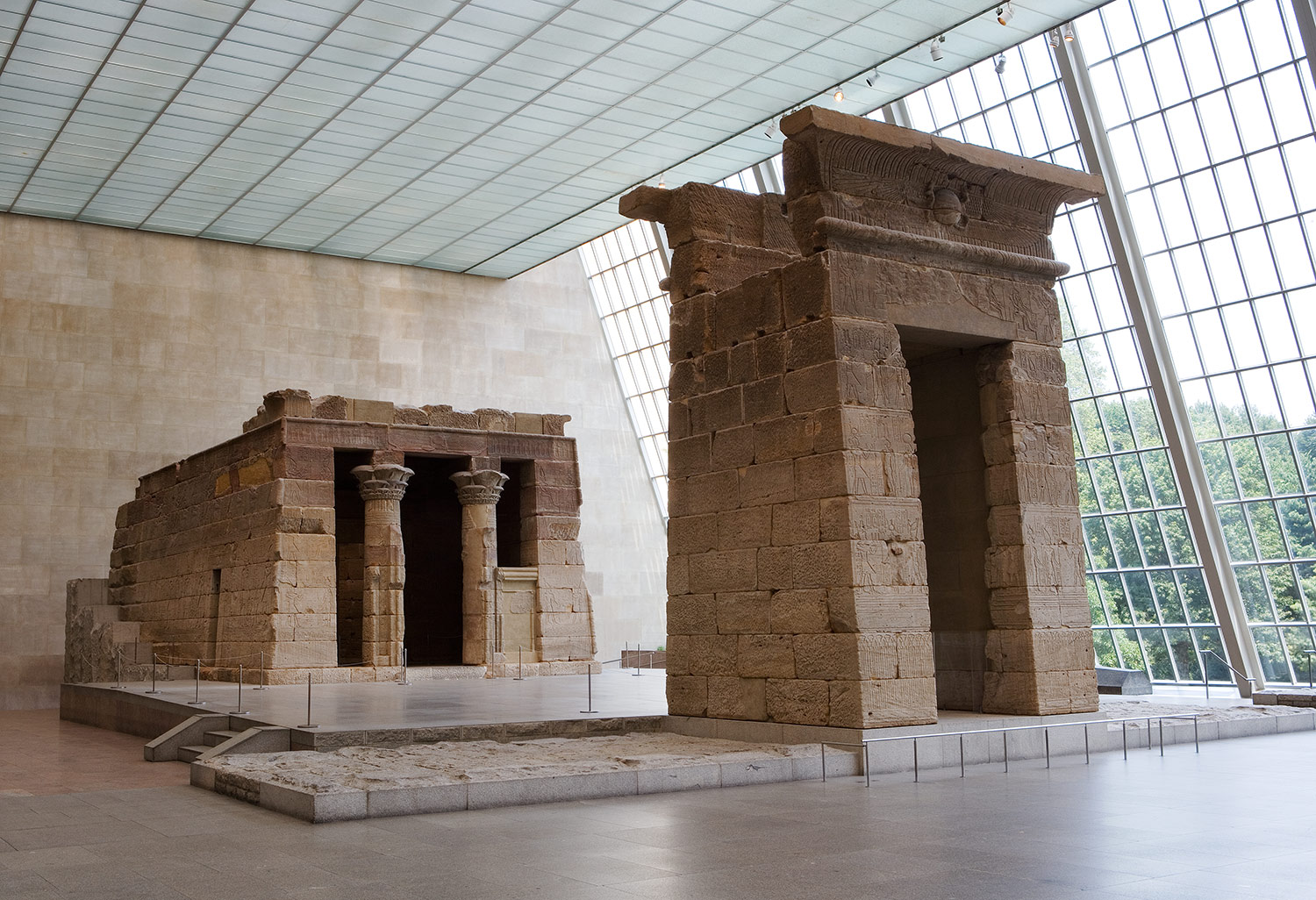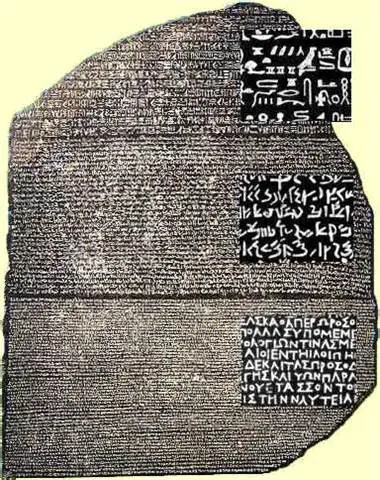My
father used to tell the same stories over and over again. He was a doctor, who had gone to med
school in the ‘good old days’ of the late 60’s when you could still smoke in
the lecture halls…and in the hospital…and in the cadaver lab. Several times, when he wanted to warn
us about getting too focused on details in assessment, diagnosis, spreadsheets
and reports he’d tell this apocryphal story.
One
day there was a young, fresh-faced medical student who had finally finished the
lectures and labs and was spending his first semester in the teaching
hospital. He’s gob smacked at how
amazing the older doctors are, jealous but cowed of the students a year or two
more advanced, and grudgingly respectful of the nurses and other techs who see
him as green. After about a week
of learning the ropes, he’s given several specific patients to look after, and
he does his proscribed work diligently.
Gathering the data from the techs and nurses, making his comments,
maintaining the records, and even occasionally prescribing a treatment. Of course, his most common shift is
overnight. While he’s been able to
learn at the knee of the older doctors, they are frequently called away from
their rounds with students by one emergency or another.
One
particularly busy night, he is given the assignment to keep watch on one
particular important patient (in some retellings of the story it’s a relative
of the older doctor, or some pillar of the community suddenly
hospitalized). The older doctor
and the nurses have worked tirelessly to sustain this important person, and of
course, are called off to another emergency to another floor of the
hospital. The patient was badly
off, but is slowly recovering, using all of the latest medical machines. The young medical student is given the
important, but dull, task of checking in every hour to monitor vitals, the
equipment, make sure that all of the diagnostics are properly written and
circulated to the nurses station and input into the correct files. The medical student checks in even more
frequently than once and hour – almost every fifteen minutes. He collects all of the vitals, not
rounding off, but carrying everything out to the third decimal point, even when
averaging (I suppose with a slide rule).
He even adds in additional data from the limbic system, or the bile
count, or whatever clever chapters from his textbook the previous semester.
The
night wears on into the early hours of the morning. Aside from a few other small crises, he’s been able to keep
a very good watch on the important patient. And thinks to himself, “my word, they should use my chart as
an illustration in a textbook”, such elegant data, such visualization in the
graphs, meaningful data and intelligent medicine.
As
the sun comes up, the older doctor and the nurses return from their other
emergency. The young student meets
them at the nursing station and proudly presents the chart and files. Of course, taking one look at the data,
the older doctor’s face falls, and he and the nurse immediately recognize that
the young medical student has been faithfully recording the long, slow, now-immanent
death of the important patient.
They rush to the room, and find the patient in a dire straights (the
specifics of this would change based on the audience) Of course, though another
application of practical knowledge, sustained effort and medical science the
older doctor, nurses and techs inevitably save the important patient while the
young medical student stands by nearly helplessly, but often redeem himself
with one or two vital pieces of information that he did not think to record in the charts and files.
In
the various retelling of the story the mistake would be one, or some
combination of three simple problems:
1)
The medical student is reading from the wrong machines, or from the wrong
readout of the machines. Or…
2)
The medical student focuses too much on the data, and misses the patterns (when
told to us as young children, he simply has the chart upside down) or…
3)
The medical student forgets to either speak to the patient or to use his
intuition to from knowledge from information. Dia-gnosis.











